For a number of years I have been dreaming of illustrating the Serbian fairytales. While flipping through the books on fairytales illustrated by Ivan Bilibin, Arthur Rackham or John Bauer, I would often wonder how to tackle such a challenge. A few years ago I did illustrate one Serbian fairytale for a Norwegian publisher, as a part of the collection of fairytales from all around the world. In fact I was offered to illustrate two fairytales, but due to my busy schedule at that time, I declined the second one and did only the pictures for the shorter tale. I was so eager to do this job that, instead of painting a one page and a half page illustration, which I was commissioned and paid to do, I did a double page and a one page illustration. Unfortunately, the book was never published.
As it is the case with the most of our dreams, if we dream them long enough, they will eventually come through, in one or another form. Last summer a respectable publisher from Serbia with an appropriate name Čarobna knjiga, which means Magic Book, asked me to participate in a major book project on Serbian fairytales. There are in total 11 illustrators involved in this project, the book will have 224 pages and will be published in Serbia in September this year. No doubt, a major and rather prestigious book, that is intended to set a new standard for that kind of illustrated books, as far as the Serbian market is concerned.
Due to my agreement with the publisher, I am not able to show you the finished paintings (in fact I am still very busy creating them), but I can show you some of the preliminary sketches and studies.
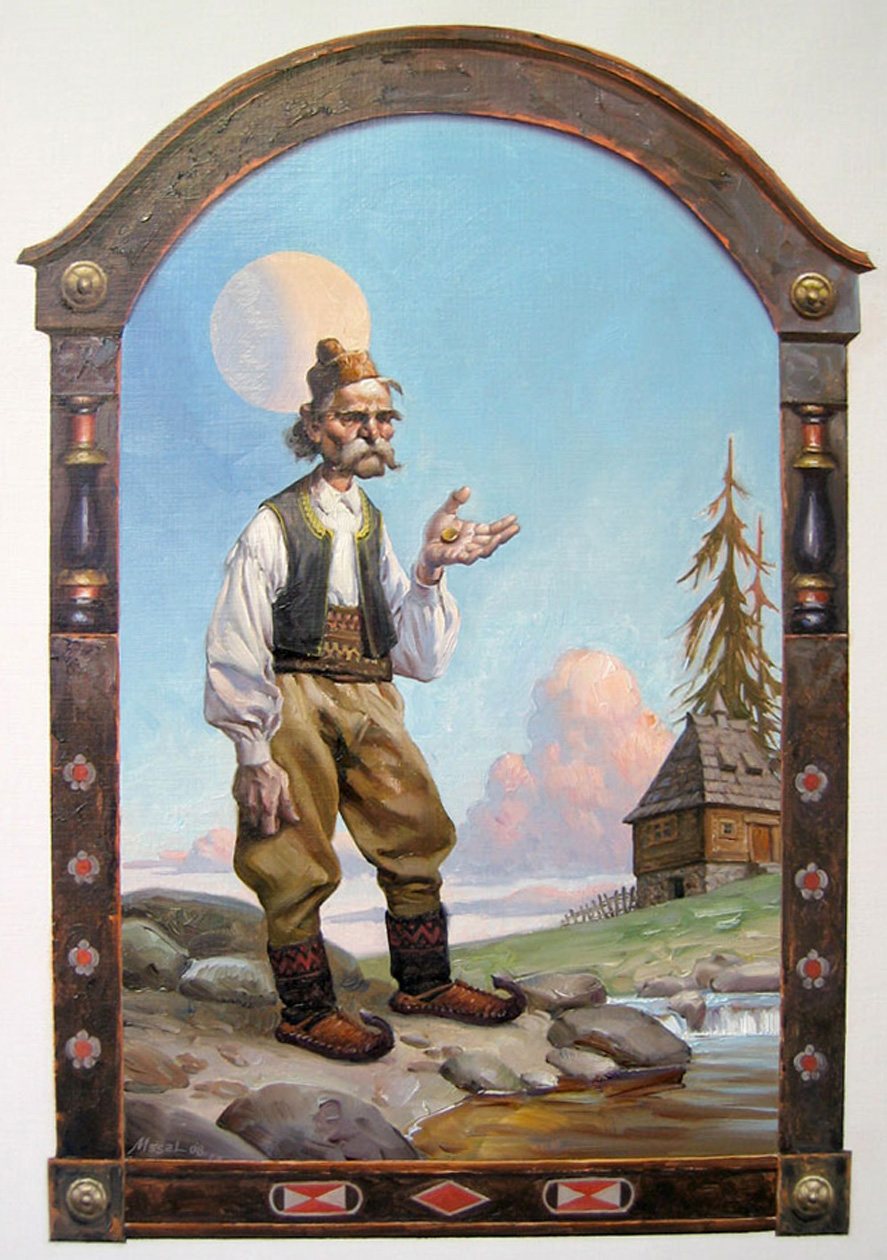 |
|
One of the illustrations from the Norwegian project.
|
You probably noticed that I did different sketches of the same character, which means that I take this task very seriously and that I am not easily satisfied with the first design. One might say that I search for something that I am apparently not able to struck instantly. The thing I am mostly concerned about at this stage of my work on this particular project is the authenticity and the national character of my designs and paintings.
When it comes to illustrating the national themes, one inevitably has to deal with the historical and ethnological authenticity. The specifics of a certain culture like traditional clothing, architecture, various artifacts, human physiognomy, landscapes, and all other things that have to express the national aspect of the story in question, suddenly become an important issue. But while it is quite obvious that one has to be as authentic and as accurate as possible in terms of the costumes and props when depicting a specific historic moment , it is something quite different when you deal with fairytales, myths or legends. Although all these stories are mostly a product of fiction, never the less they are firmly rooted in a certain cultural frame. The question I have been asking myself since I have started the work on this book, is how authentic and historically accurate one has to be when dealing with a folk tale, a fairytale. It is clear that a certain doses of authenticity is required, because for instance, a knight from an English legend has to look as a proper English knight, otherwise it has not much sense to call it an English story. At the same time too much history in the fairytale pictures might kill the magic.
 |
|
A warrior, fresco from the 13th century church
|
As long as we are suggesting or showing the right direction, and as long as we infuse our designs with enough imaginative and evocative material for the reader’s mind to be captured and inspired by, we are on the good road. It is all about pointing the “finger” towards the right symbols and archetypes. Our preconditioned and programed mind would do the rest.
Perhaps a good example of this can be found in the sources of inspiration that I have used while designing my King Marko, the main character from the Legend of Steel Bashaw. Because of the nature of this old tale, it is obvious that this king comes from the obscured pre-Turkish times and therefore has to reflect something that the imagination of the public will unquestionably relate to the Serbian medieval noble knight, although as I just said, nobody knows how these knights exactly looked like.
That’s it. Until now, I haven’t heard anybody complaining about King Marko not being authentic enough.
So, my conclusion is that as long as the sum of the details and symbols in our designs and compositions points out towards the right direction and brings the desirable associations and emotions to the surface of the reader’s/spectator’s mind, without damaging the magic, and maintaining and supporting the required illusion (the suspension of disbelief), we are achieving our goal as illustrators of this kind of stories. After all, as illustrators, fantasy illustrators in particular, we are a kind of dream makers. At its best, we help create dreams that make up the foundations of reality.
Dream well.


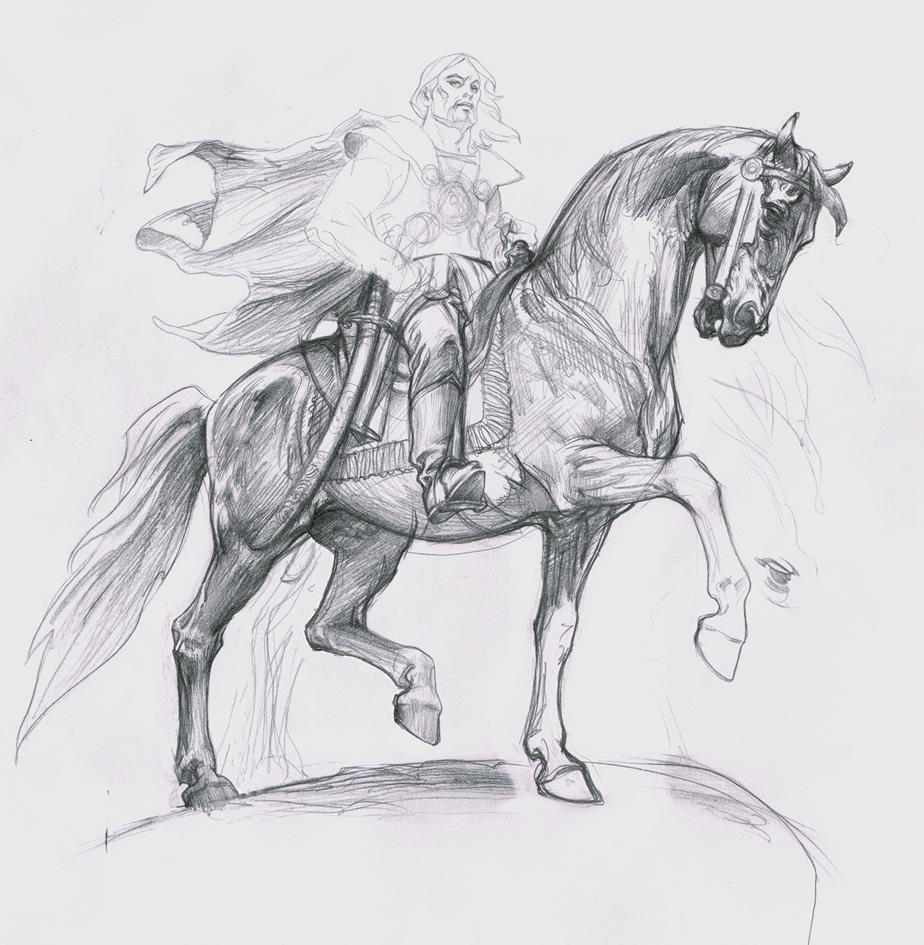
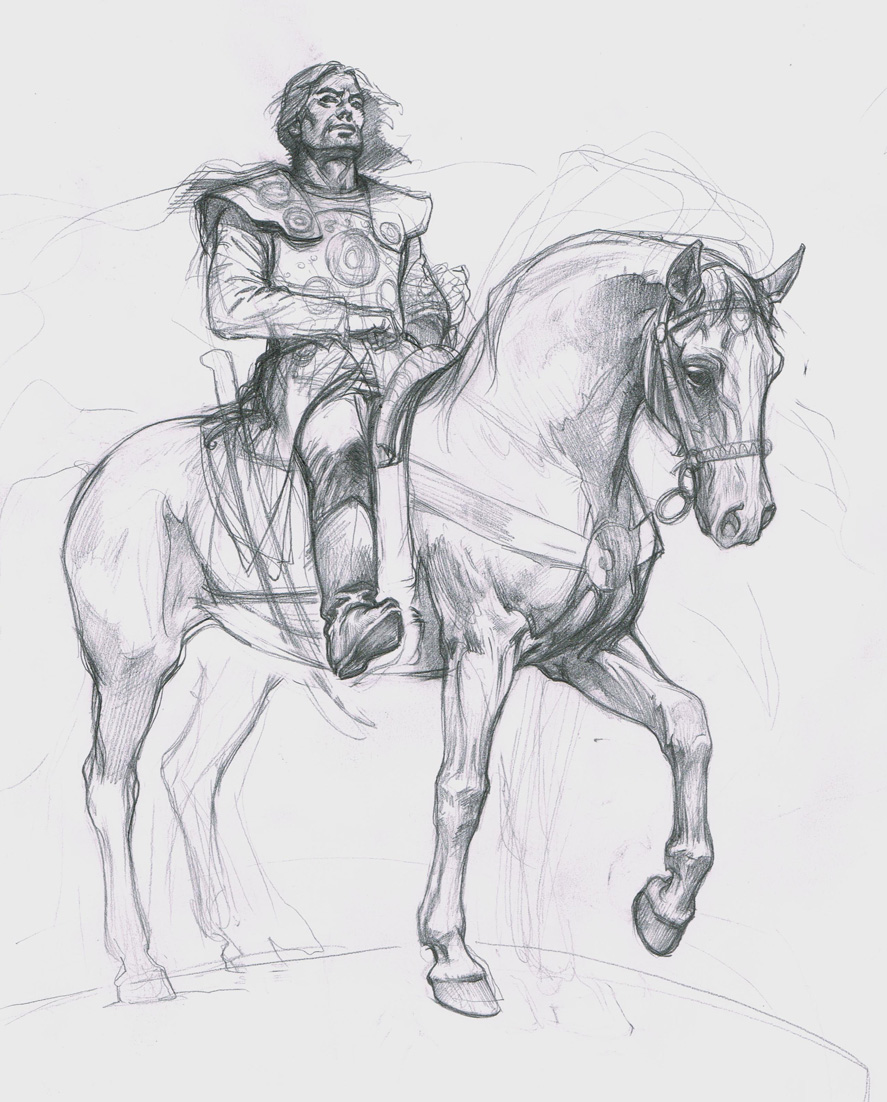

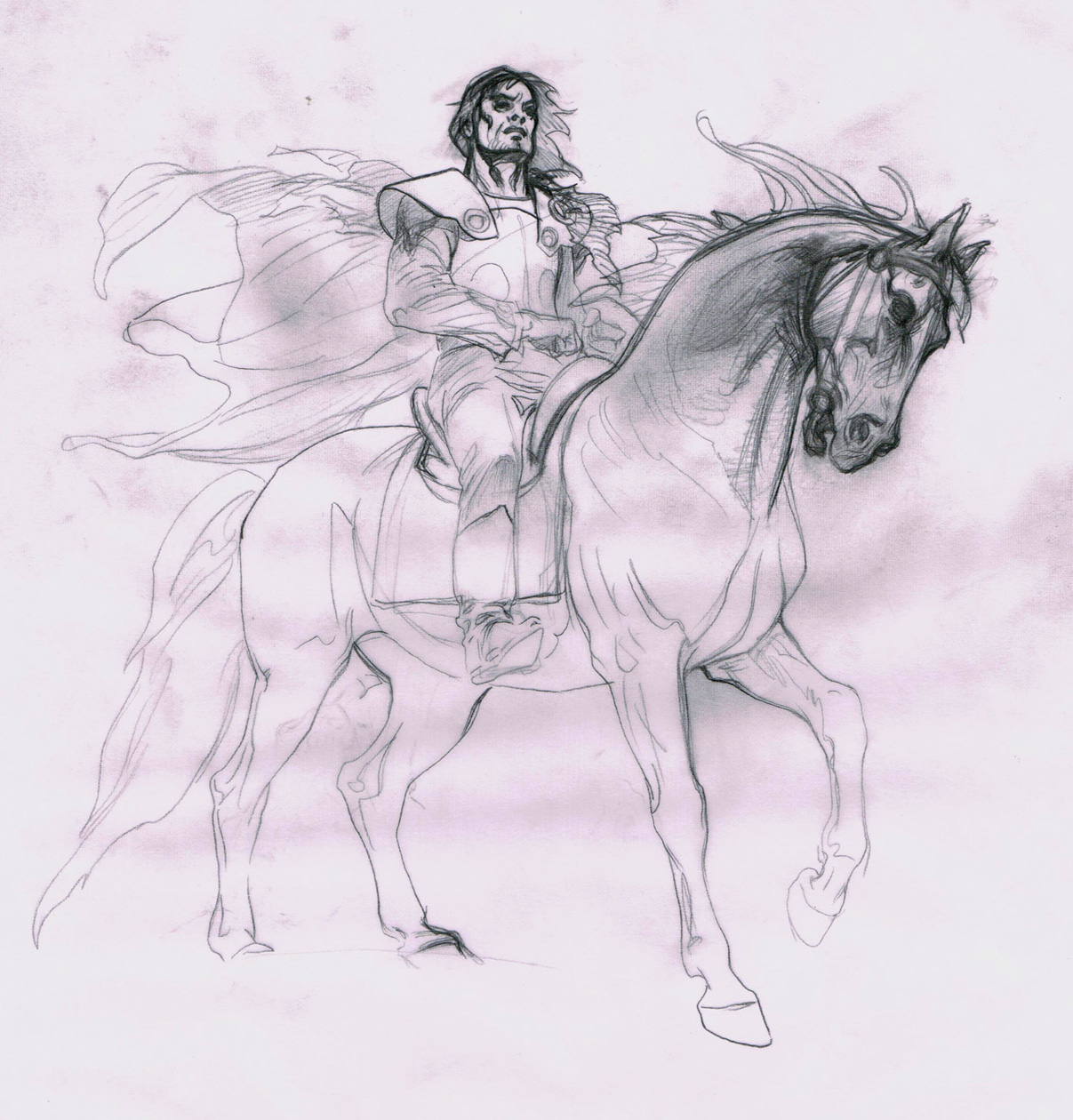
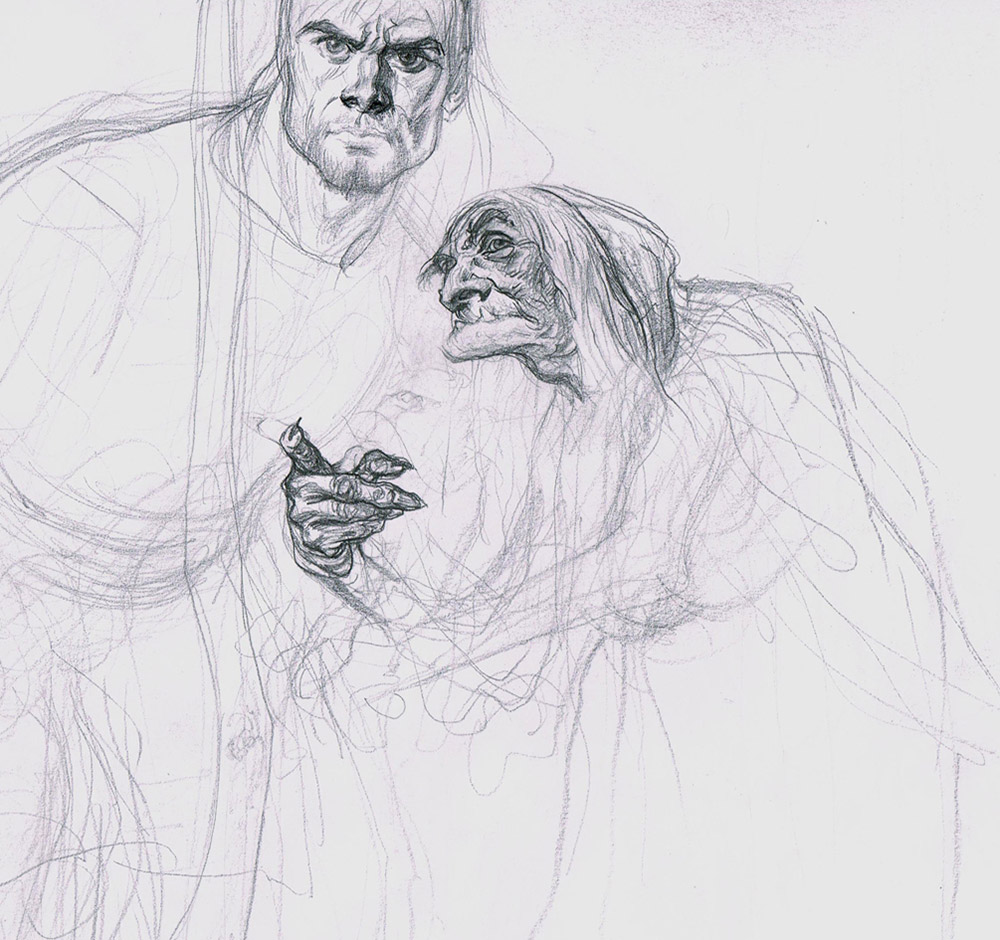
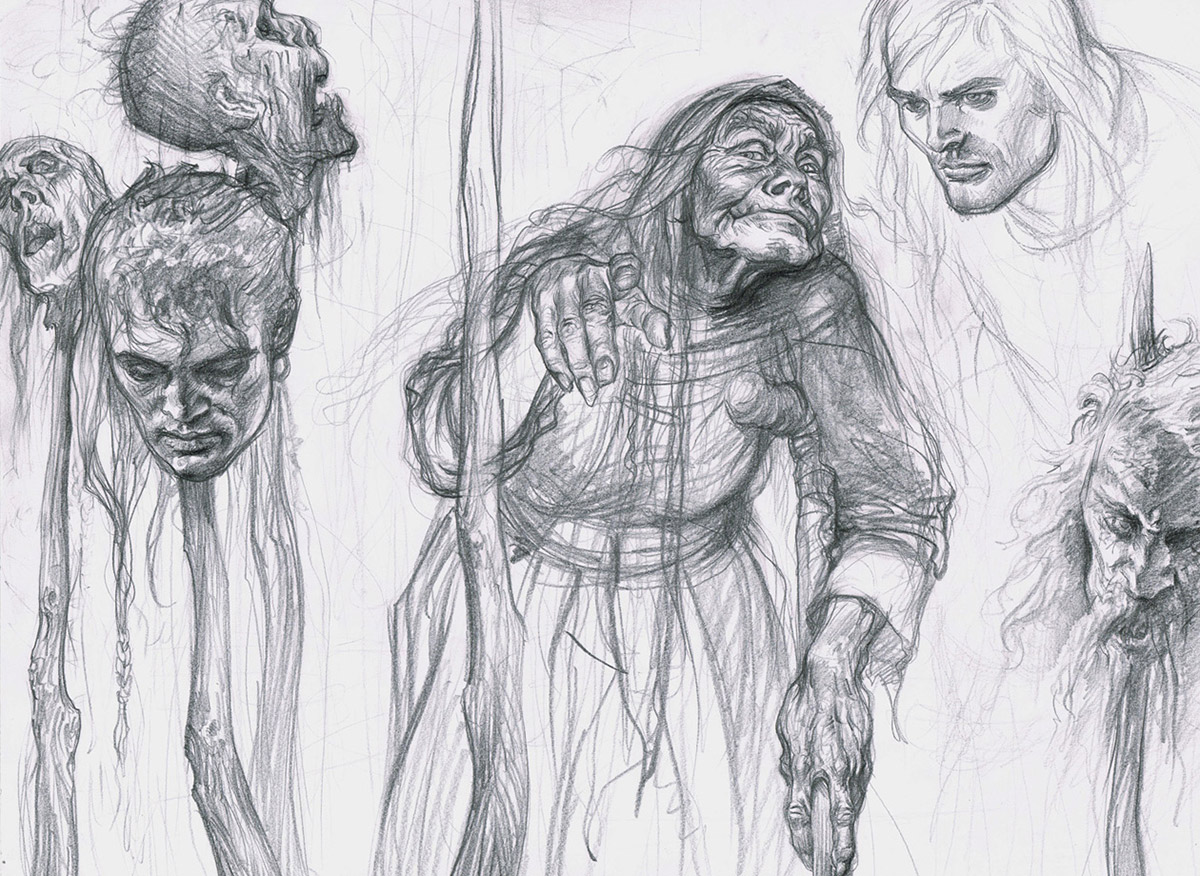

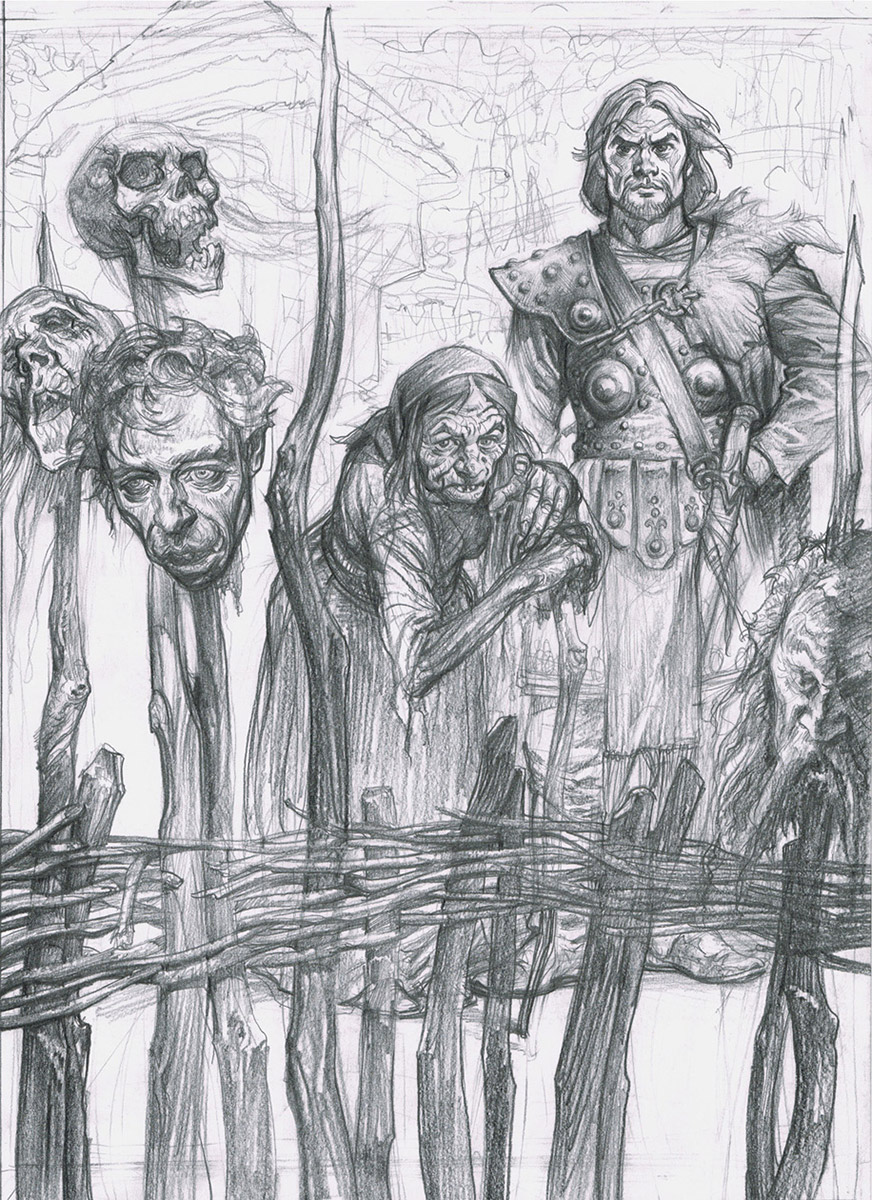
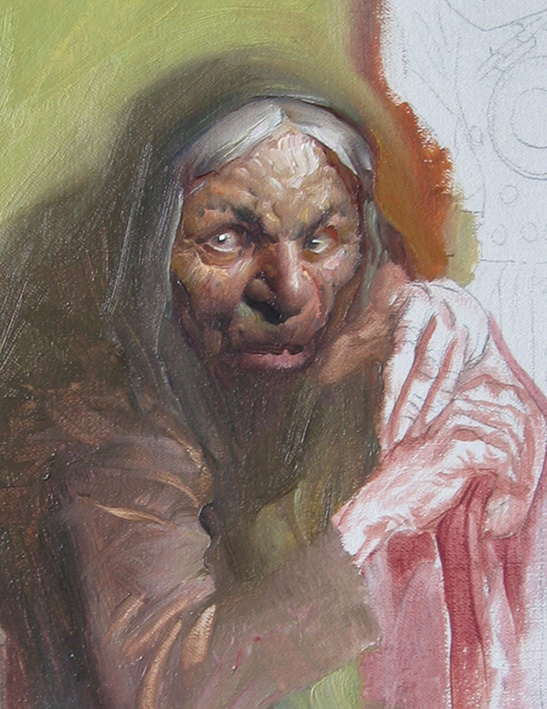

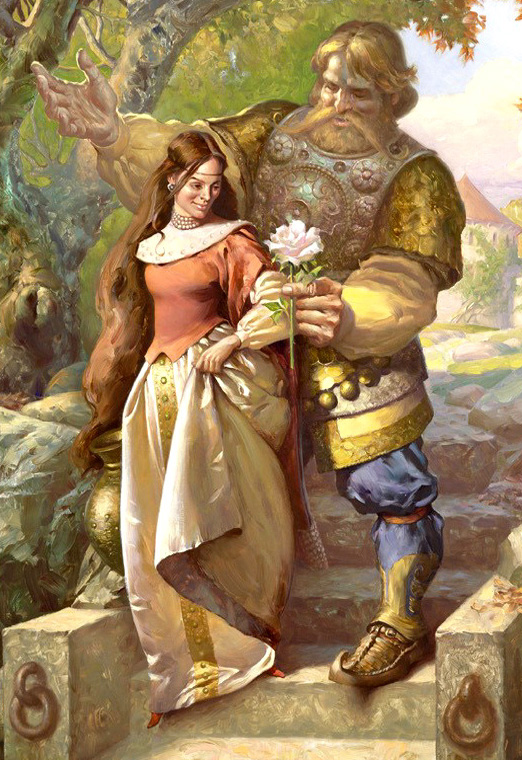
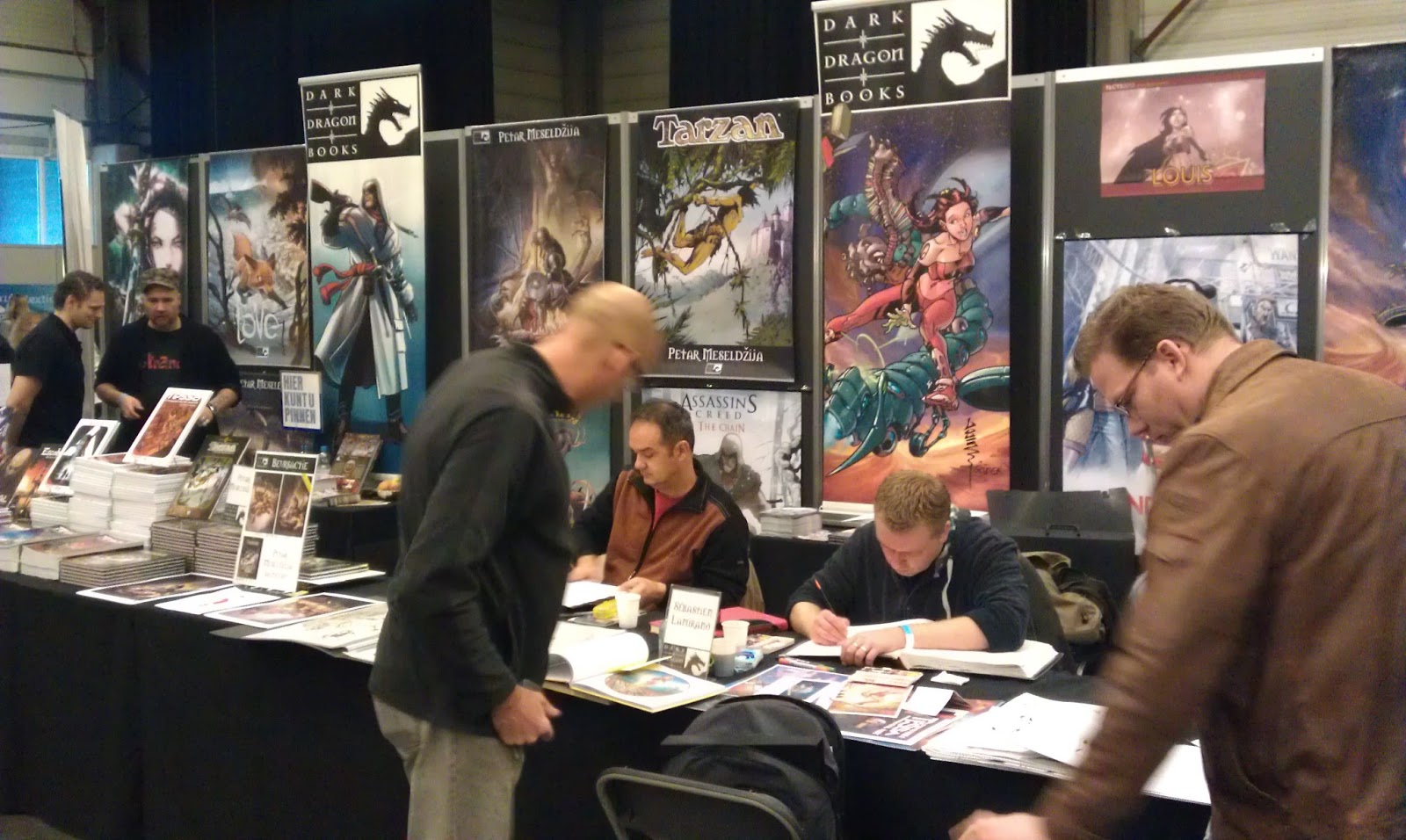
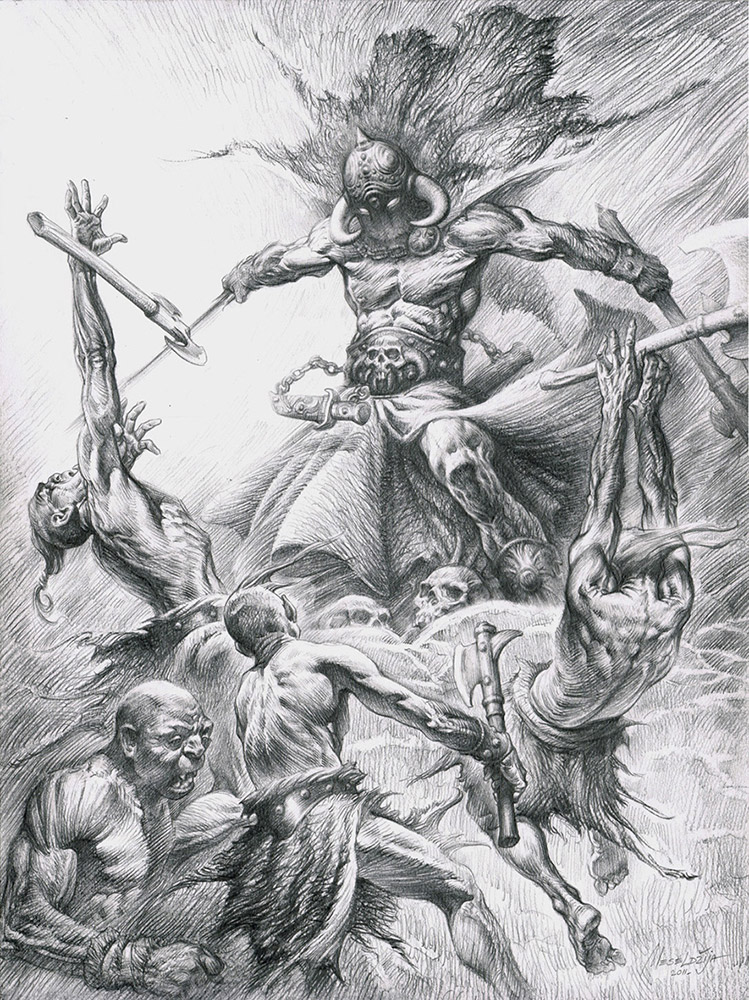
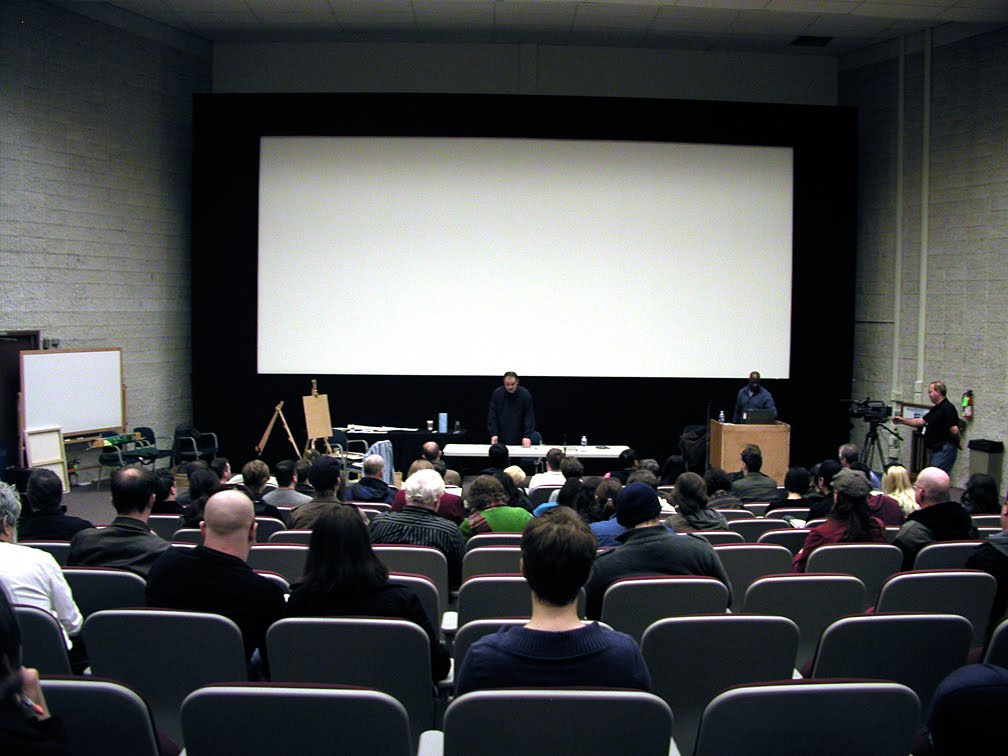
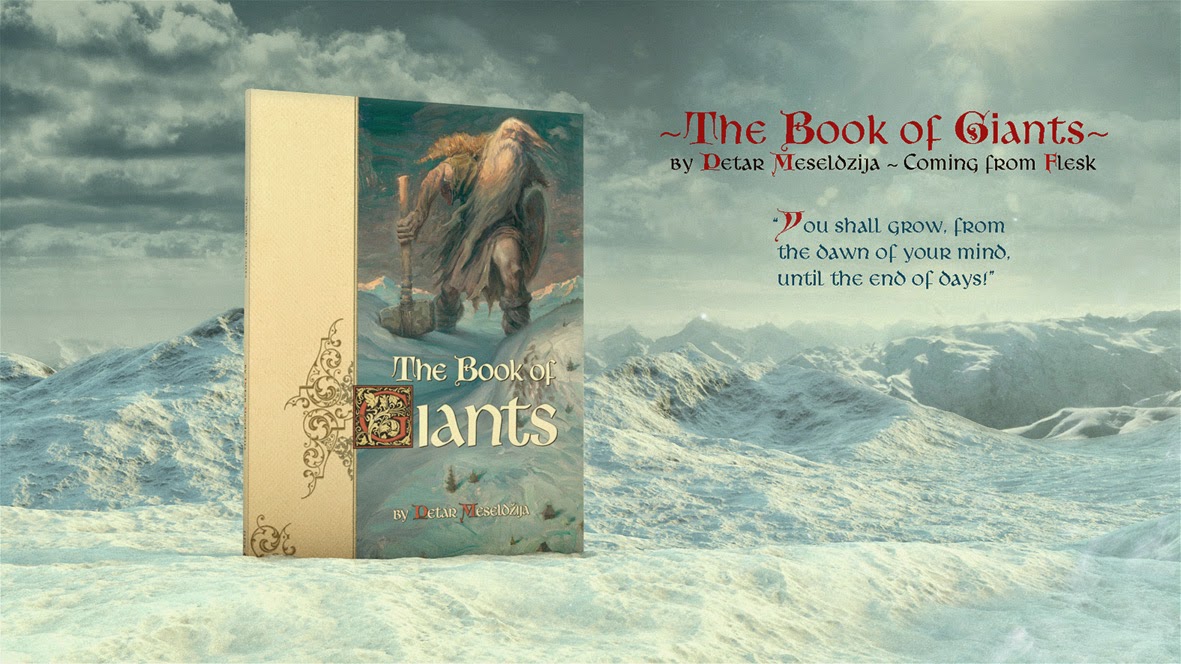

Thanks for sharing this, it is so inspiring to see how you work!
Great post!!! i guess after all is about making believable instead of real…usually when u see ral stuff im movies or illustrations for some reason they don´t look very believable 🙂
Petar, thank you so much for this post! I am dealing with the same problem here.
Beautiful! I hope to one day see the final illustrations and read the Serbian Fairytales that they were inspired by… 🙂
Petar, your Steel Bashaw book is lovely and quite 'real' in an illustrator's sense. The garments and gear look believable. There must be archaeological digs, they might show some of the pre-Turkish armor and horse gear. In the last few decades more sophisticated archaeological work is being done with clothing too. You're right though, as a trading culture Serbia probably did mix east and west, south and north and your work shows that well. King Marko's shoes are a perfect example of “iconic” Serbian shoes though. Right or wrong, those shoes say “Balkans” to this old folk dancer; I saw them constantly on people who really loved the wonderful music and dance of the region. We might not speak the languages but we knew and loved the dances and music.
Elena
Thank you , Elena, for taking the time to write such a lovely comment!
Thank you very much all! Very kind of you to respond to this post.
Great post Petar! Interesting to see the different sources of inspiration for the design of king Marko. Btw I often wondered if for the preliminary sketches that you do, you use any reference, in a quick manner maybe?
Great post Petar! From personal experience i have found that any story/fairytale that has ambiguous enough information will be interpreted by the listener's own life and knowledge. Maybe the same is true for the graphic ones. My current view, as i type and am thinking about this, is that it is up to the artist to decide what he is trying to achieve and follow that goal. Whether to try and be historically accurate because a particular story is wholly part of a particular culture, or to add just enough detail to make it part of a region when there are plenty of versions from different cultures. Both have valid reasons behind them and worthy goals.
i like this blog…
West Virginia Jobs | Careers & Recruitment at Jobscharger.com
http://www.jobscharger.com/JobState/-West%Virginia-.html
Your careful attention to both the accurate feel of costumes (and scenery as well, I presume), and the picture as a whole are very inspiring to me. I love that you work and work at it, not settling for something good enough, but looking for that “Ahhh.” Getting the right period detail seems like a delicate balancing act. As you pointed out, if you have it too historically accurate, it may not read right to the observers. But it has to feel like home to them. That means you have to know what home feels like. Beautiful.
I wonder WHO is the audience is for these stories? In the US, we usually think of fairy tales as children's stories. A couple of your sketches have images that are, if not R rated, at least PG 13. I would be rather wary of giving my grandchildren stories with images of heads on fencepoles, even if such things were in the text of the story. What do you do with that?
Petar,
Your drawings are just beautiful! Thank you for posting this glimpse into your working process.
Jad, when doing my preliminary drawings and sketches I sometimes use the reference material, and sometimes not.
Vicki, this is an interesting and rather important question that requires a serious answer. I will soon write a post about this topic, and explain how I think about it. Please, stay tuned.
Thanks very much!
Thanks, Erin!
Thanks, P.J. !
I know this thread is old, but by chance was the book ever published? And if so, do you have a link? I'm desperately trying to find a Serbian fairytale book in Serbian for a friend, however as an English speaker it's proving difficult. Thank you!!